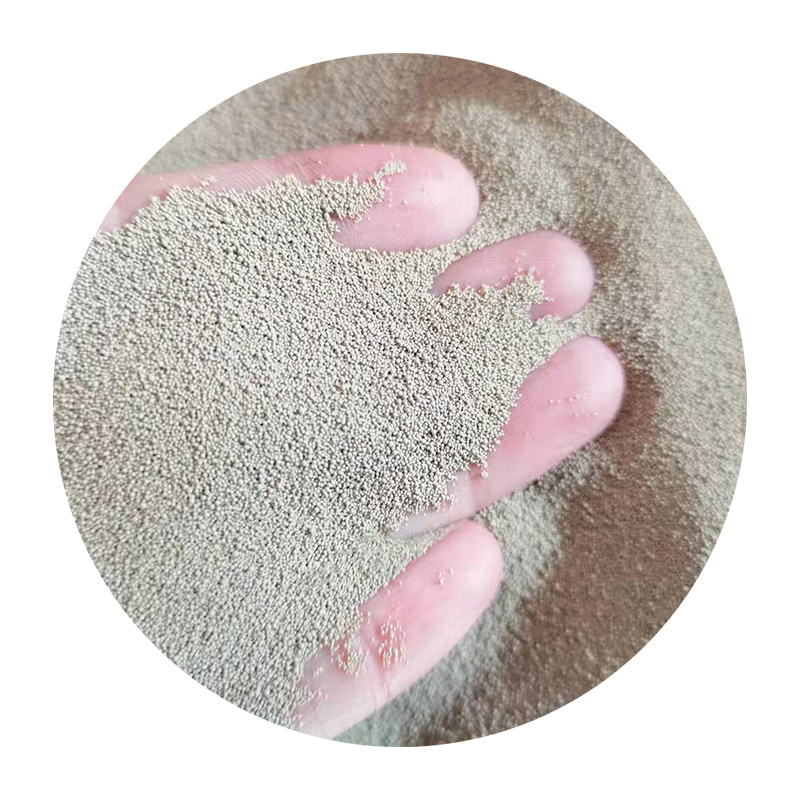Exploring the Versatility of Resin and Sand Mix
Resin and sand mix is a fascinating combination that has garnered significant attention in various industries, from construction to art and design. This unique mixture, which blends the strength and durability of resin with the natural texture and aesthetic appeal of sand, offers a multitude of applications and benefits.
Composition and Properties
The core components of a resin and sand mix include a synthetic resin—often epoxy or polyester—and fine sand. The resin serves as a binding agent, providing strength and weather resistance, while the sand contributes to the mixture's texture and appearance. When combined, these materials create a composite that is both versatile and resilient, making it suitable for a wide range of uses.
One of the most notable properties of this mix is its ability to be molded into various shapes and forms. After combining the resin and sand, the mixture can be manipulated into molds or castings, allowing for creative designs in a variety of applications. Furthermore, the mixture can be colored or enhanced with additives to achieve different aesthetic outcomes, appealing to both functional and artistic demands.
Applications in Construction
In the construction industry, resin and sand mixes are often utilized in creating durable flooring, countertops, and architectural elements. The composite not only provides a robust surface that can withstand heavy foot traffic and daily wear but also offers design flexibility. It is particularly popular in outdoor settings due to its resistance to moisture and UV radiation, making it ideal for patios, walkways, and pool surrounds.
Moreover, resin and sand mixes are used in repair applications, such as filling cracks and gaps in concrete structures. The adhesion properties of the resin ensure a strong bond, while the sand contributes to the overall durability of the repair. This application leads to increased longevity of structures, translating to cost savings over time.
resin and sand mix

Artistic Uses
Beyond construction, resin and sand mix has become a popular medium in the art world. Artists have embraced this composite for its ability to mimic natural materials such as marble or granite, allowing for the creation of stunning sculptures and decorative pieces. The ability to manipulate the mixture into intricate designs has opened up new avenues for creativity, enabling artists to experiment with colors, textures, and forms.
Moreover, the ease with which resin and sand mixtures can be combined with other materials—like glass, metal, or wood—has led to innovative art forms that blend various mediums. The result is a diverse range of artworks that can elevate spaces, both indoors and outdoors.
Environmental Considerations
As with any material, the environmental impact of using resin and sand mix is worth considering. The synthetic resins used can have varying levels of environmental friendliness, depending on their chemical composition. Therefore, those interested in using this mix should seek out eco-friendly resins that reduce harmful emissions and promote sustainability.
Furthermore, the sand component, depending on its source, can be a point of concern. The extraction of sand, particularly from riverbeds and beaches, has significant ecological implications. Thus, it is crucial to use sand sourced sustainably and consider alternatives that minimize environmental impact.
Conclusion
The blend of resin and sand presents a compelling solution across multiple sectors, particularly in construction and the arts. Its strength, durability, and versatility make it an attractive choice for many applications, while the creative prospects it offers are virtually limitless. As industries continue to innovate, the resin and sand mix is poised to remain a staple material, shaping the aesthetics and functionality of our built environment and artistic expressions alike. Adopting responsible sourcing and eco-friendly practices will ensure that its benefits can be enjoyed sustainably for generations to come.
Post time:Aza . 27, 2024 17:21
Next:Strategies for Sustainable Reuse of Foundry Sand in Industrial Applications
